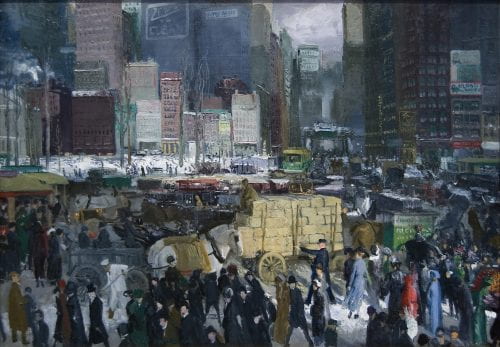Tag Urban History
by guest contributor Michael Savage In the United States, segregated metropolitan areas are a national phenomenon, with heavily minority inner-cities typically ringed by much wealthier and predominantly white autonomous suburbs. According to 24/7 Wall St., America’s three most segregated cities… Continue Reading →



